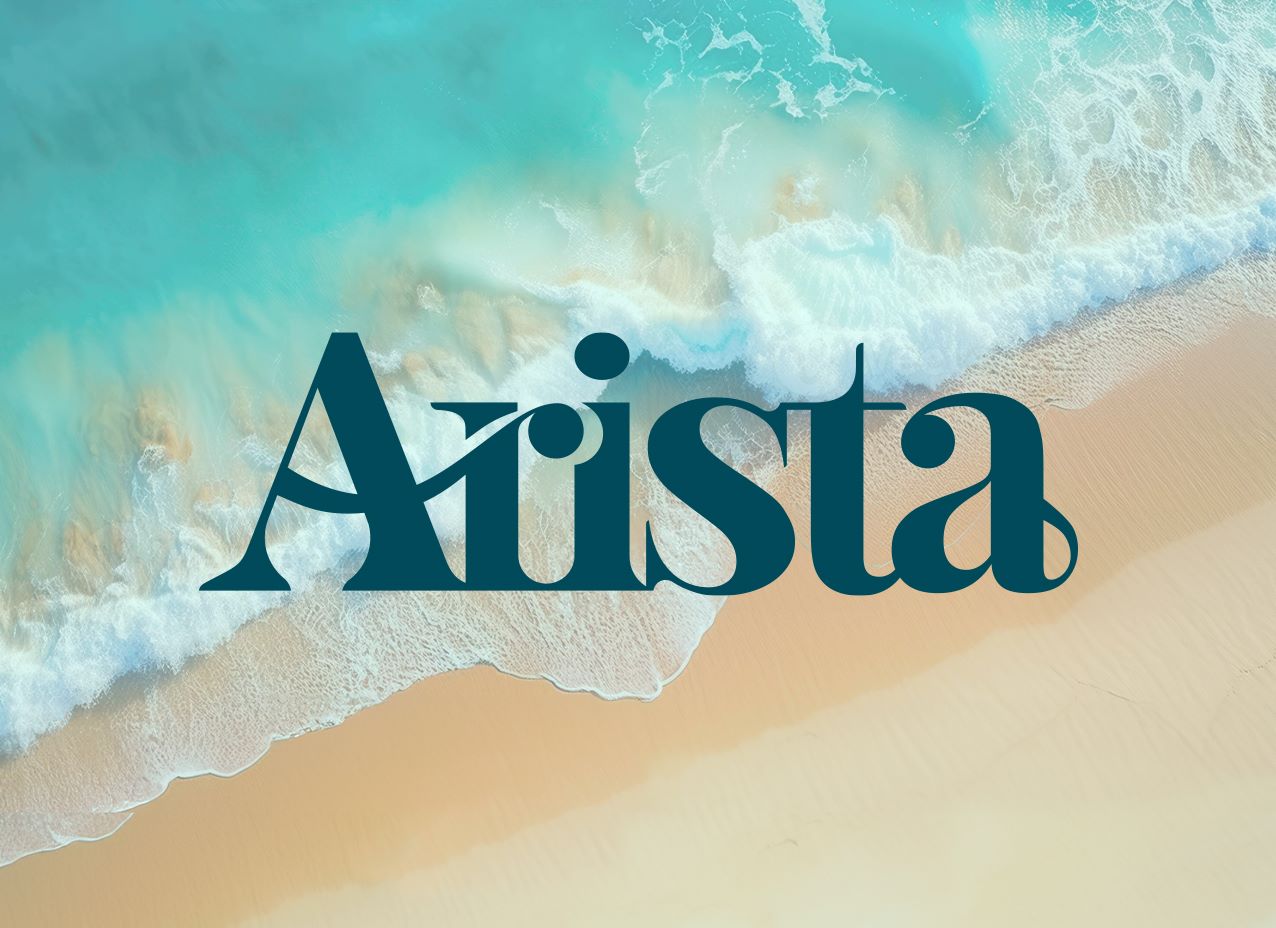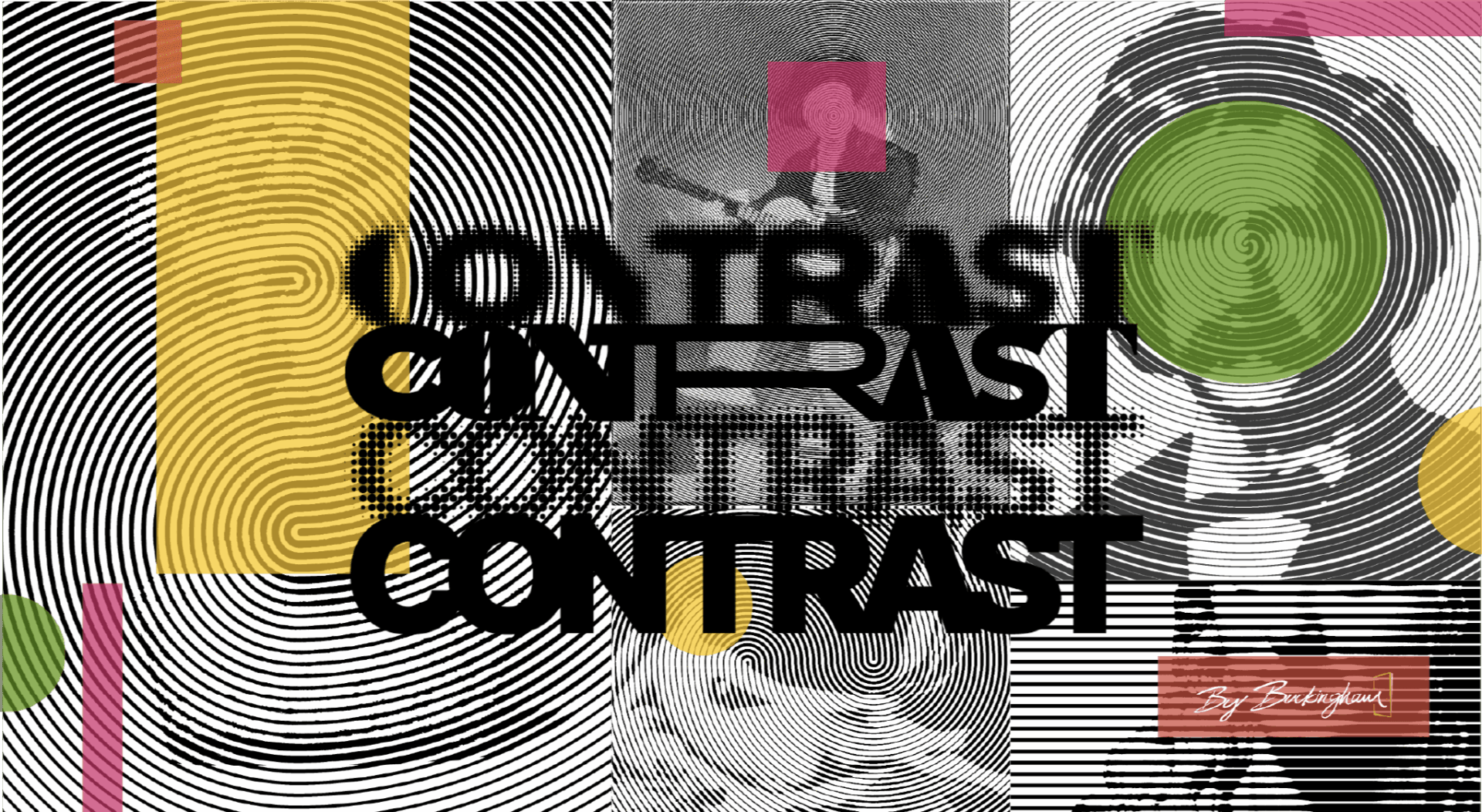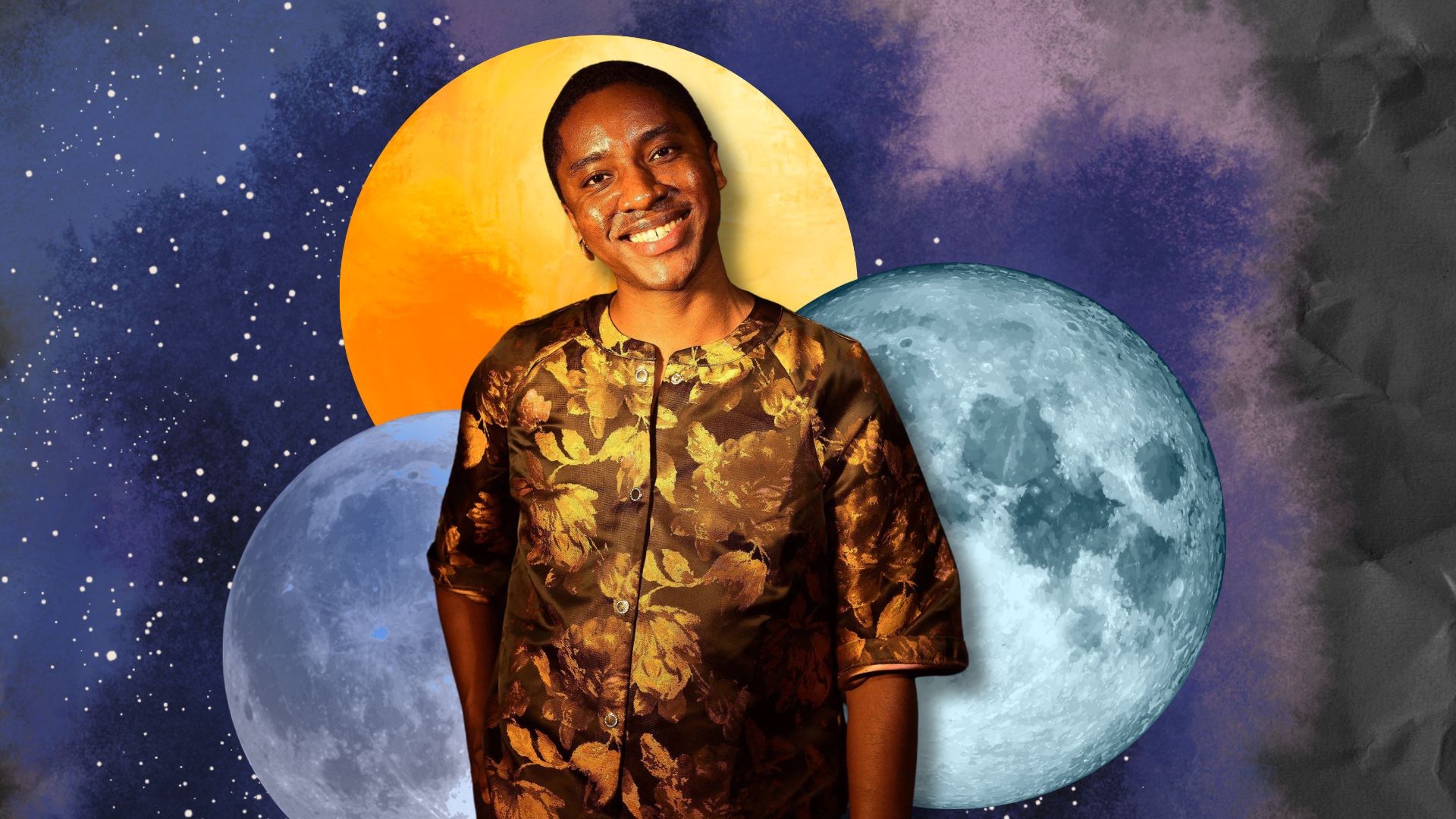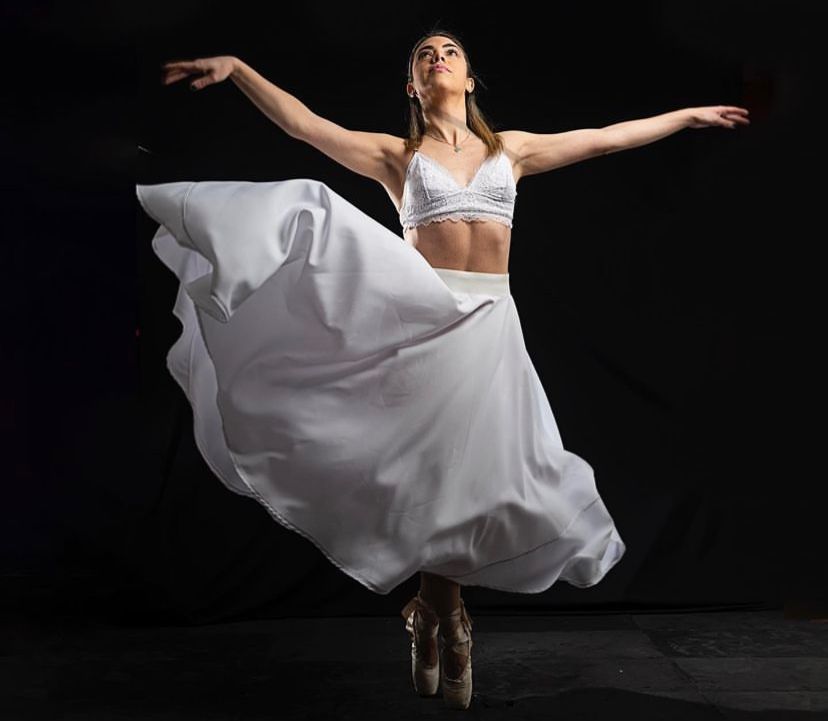We caught up with the brilliant and insightful Demin (edgar) Wang a few weeks ago and have shared our conversation below.
Demin (Edgar), so great to have you with us and we want to jump right into a really important question. In recent years, it’s become so clear that we’re living through a time where so many folks are lacking self-confidence and self-esteem. So, we’d love to hear about your journey and how you developed your self-confidence and self-esteem.
As a graphic designer, I have built my confidence and self-esteem by continuously challenging myself in different projects, testing my professional skills, and striving for improvement. Each project presents unique challenges, requiring me to adapt, learn, and refine my expertise. Over time, successfully overcoming these challenges has reinforced my belief in my abilities and solidified my professional identity.
At the same time, the design industry often involves working with clients who may not always fully understand or accept my creative vision. It is not uncommon for clients to question or challenge my ideas, sometimes even doubting my expertise. In such situations, effective communication and the ability to clearly articulate my design choices become crucial. Being able to confidently present my rationale, educate clients on design principles, and address their concerns in a constructive manner has played a key role in strengthening my self-assurance.
Moreover, finding the right balance between client needs and aesthetic appeal is an ongoing process that requires both technical knowledge and creative intuition. Successfully achieving this balance—where the final design not only meets the client’s objectives but also aligns with my artistic standards—has been instrumental in boosting my confidence. Each time I navigate these complexities and produce work that I am proud of, I gain a deeper sense of self-worth and a stronger belief in my capabilities as a designer.

Thanks for sharing that. So, before we get any further into our conversation, can you tell our readers a bit about yourself and what you’re working on?
As a commercial graphic designer, my primary focus is on striking the perfect balance between meeting client needs and staying true to my personal aesthetic vision. I believe that great design is not just about artistic expression but also about problem-solving—finding ways to visually communicate messages effectively while maintaining strong creative integrity.
One of the most exciting aspects of this profession is the diversity of clients and projects I get to work with. Each new project brings unique challenges and opportunities, pushing me to continuously learn and adapt. Whether it’s exploring emerging design trends, mastering new tools and techniques, or working across different industries, the dynamic nature of commercial design keeps my work fresh and engaging. Every completed project not only expands my skill set but also reinforces my understanding of how design shapes experiences and interactions.
Many people assume that commercial design stifles creativity, but I see it differently. While it does require strategic thinking and alignment with business objectives, design still has the power to inspire, influence, and drive innovation. Looking back at history, some of the most groundbreaking design movements originated from commercial projects, setting new trends and redefining visual culture. This intersection of creativity and business is something I am deeply passionate about exploring.
Stepping into the world of commercial design has given me a profound appreciation for the delicate balance between aesthetics and functionality. Effective design is not just about making something visually appealing—it’s about enhancing communication, delivering a message with clarity, and ensuring that the audience engages with it in a meaningful way. As I continue on this journey, I am excited to refine my approach, push creative boundaries, and contribute to the evolving landscape of design.

If you had to pick three qualities that are most important to develop, which three would you say matter most?
Adaptability – The design landscape is constantly evolving, with new trends, technologies, and client expectations emerging all the time. Being adaptable means staying open to learning, experimenting with new tools, and embracing change rather than resisting it. For those starting out, I recommend immersing yourself in different styles, industries, and techniques. Try not to confine yourself to one niche too early—exploring a wide range of projects will help you develop a more versatile skill set and a deeper understanding of how design functions in different contexts.
Strategic Communication – Great design isn’t just about aesthetics; it’s also about conveying ideas effectively and aligning with business objectives. One of the biggest challenges in commercial design is articulating your creative decisions to clients who may not have a design background. Early in my career, I realized that presenting my ideas clearly—through storytelling, rationale, and visual references—made a significant difference in how my work was received. For newcomers, I suggest practicing how to explain your design choices in a way that connects with your audience. Learning the language of business and marketing can also be beneficial in bridging the gap between creativity and commercial goals.
Balancing Creativity and Practicality – Many designers struggle with the idea that commercial design might limit their creativity, but I believe that constraints can actually fuel innovation. The challenge is to find ways to push creative boundaries while still meeting the functional needs of the client. This requires a deep understanding of design principles, user experience, and problem-solving skills. For those just starting, I recommend studying real-world case studies of successful commercial designs, paying attention to how they merge artistic vision with business needs. Working on projects with real clients—whether through internships, freelance work, or collaborations—can also provide invaluable hands-on experience in navigating this balance.

Any advice for folks feeling overwhelmed?
When I feel overwhelmed, I allow myself to step back and clear my mind. Rather than forcing productivity or trying to push through the stress, I believe in creating space for introspection. Tarot cards have become a powerful tool for me in this process. I collect different decks, each with its own unique symbolism and energy, and use them as a means of self-reflection and personal dialogue.
For me, Tarot is not about seeking definitive answers, but about uncovering perspectives I may not have considered, bringing subconscious emotions to the surface, and finding clarity amid chaos. The act of drawing and interpreting the cards forces me to pause, acknowledge my emotions, and process my thoughts in a structured yet intuitive way. It transforms stress into insight, uncertainty into contemplation, and emotional weight into a sense of release.
One of the greatest lessons I’ve learned from this practice is that overwhelm is often a sign of internal resistance—either against change, uncertainty, or the pressure of expectations. By engaging in self-reflection, I can identify the root of my stress rather than being consumed by it. My advice to others facing similar struggles is to find a practice that allows them to step outside their immediate emotions and observe themselves from a distance, whether through Tarot, journaling, meditation, or any other form of mindful introspection. Clarity often emerges not by force, but by giving ourselves the grace to listen, reflect, and realign.
Contact Info:
- Website: https://edgarwang95.cargo.site
- Instagram: @edgarwang957 @redononsense
- Linkedin: https://www.linkedin.com/in/edgar-wang957

so if you or someone you know deserves recognition please let us know here.




